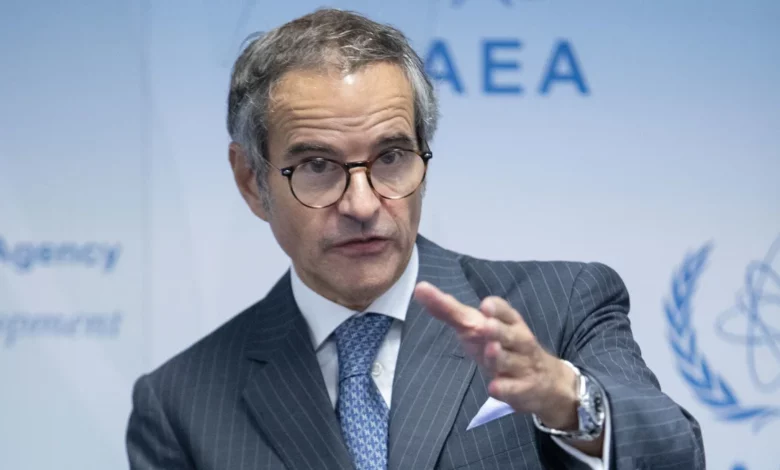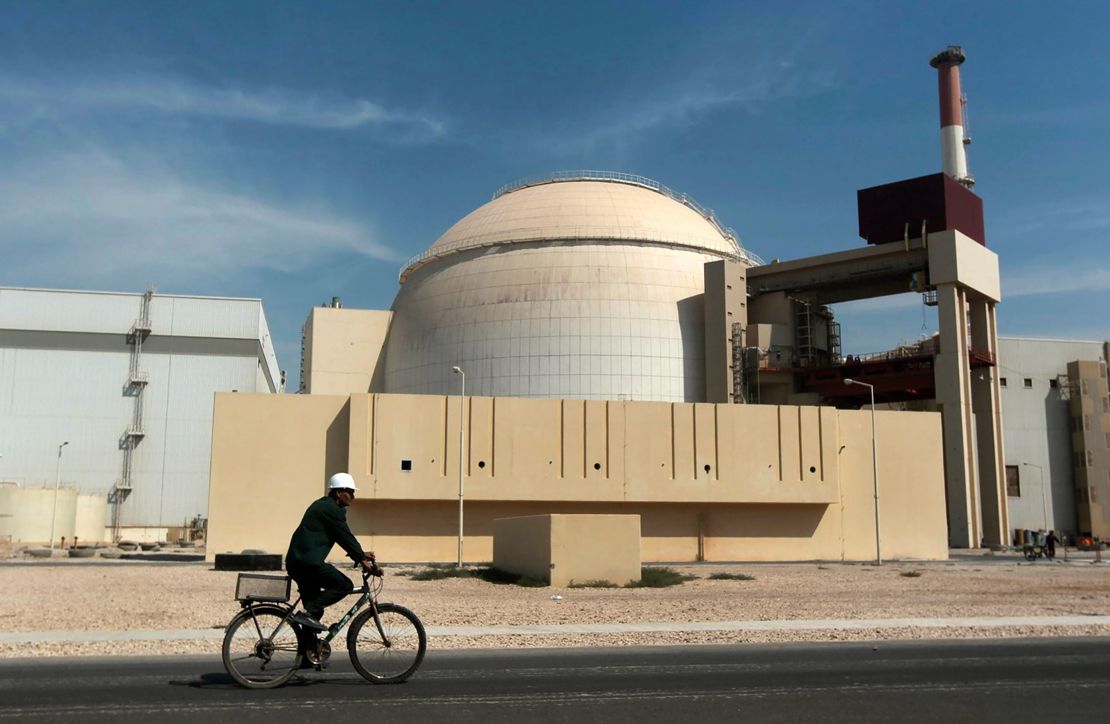
In October, Iran possessed 128.3 kilograms (282.9 pounds) of uranium enriched to approximately 60 percent, the highest level documented by the IAEA. By February, the stockpile had been reduced to 121.5 kilograms, according to the report.
Iran reduced the quantity of near weapons-grade uranium by mixing 31.8 kilograms of the stockpile with uranium enriched to a much lower level, around 2 percent, according to the report.
However, while Iran had reduced its stockpile of near weapons-grade uranium, the report also noted a steady increase in stocks of uranium enriched to 20 percent. These grew from 567.1 kilograms in October to 712.2 kilograms in February.
Weapons-grade uranium is commonly considered to have been enriched above 90 percent while anything above 20 percent is considered highly enriched, according to the Center for Arms Control and Non-Proliferation.
The report, prepared by the director general of the IAEA Rafael Grossi, covers Iran’s implementation of its commitments under the Joint Comprehensive Plan of Action (JCPOA), a deal agreed between Iran and a group of world powers in 2015 aimed at limiting Iran’s nuclear activities. The United States withdrew from the deal in 2018 under President Donald Trump.
Experts say there is no indication that the reduced stockpile will have an impact on the breakout time, which is the amount of time needed to produce enough weapons grade material for a nuclear weapon. Iran has maintained that it does not seek to build nuclear weapons.
Both Eric Brewer from the Nuclear Threat Initiative and Behnam Ben Taleblu from the Foundation for Defense of Democracies told CNN that Iran could make multiple bombs with its current reported stockpile, even after the reduction.

“It’s an open question as to why they’ve decided to take these steps at this time,” Brewer said. Both Brewer and Taleblu suggested that Iran may have done so to avoid censure at next month’s IAEA Board of Governors meeting.
“In 2023, we saw Iran throttle enrichment rates for political reasons several times, slowing and then increasing these rates while stockpiles continued to grow,” Taleblu said. “Now with mounting concerns over stockpiles and stronger language from the IAEA on transparency, the regime may be looking to avoid censure at the IAEA board this March while also preventing a trans-Atlantic consensus from forming against it in 2024.”
The US State Department declined to comment on the IAEA report because it had not yet been made public.
“We remain seriously concerned about Iran’s continued expansion of its nuclear program in ways that have no credible civilian purpose, including its continued production of highly enriched uranium, and we appreciate the IAEA’s extensive efforts to engage Iran on long-standing questions to, related to Iran safeguard obligations,” spokesperson Matthew Miller said Monday.
Heightened tensions
The IAEA also noted that in recent months Iran had informed the nuclear agency of its decision to withdraw the designation of several agency inspectors.
The measure, while formally permitted, would nonetheless “directly and seriously” affect the IAEA’s ability to conduct effective verification, according to the report.
“The agency’s JCPOA-related verification and monitoring has been seriously affected by the cessation of Iran’s implementation of its nuclear-related commitments under the JCPOA. The situation has been exacerbated by the subsequent decision to remove all of the agency’s JCPOA-related surveillance and monitoring equipment,” the IAEA said.
The reported decrease comes at a time of heightened tensions between Iran and the US over the Israel-Hamas war. Numerous Iran-backed proxies in the region have launched attacks against American military facilities since the war began on October 7.
International shipping lanes in the Red Sea have also seen attacks by Yemen’s Houthi rebels, prompting a US-led coalition bombing campaign against the Iran-backed Houthis.
CNN has reached out to the IAEA for comment.
This is a developing story and will be updated




